Summary
Fish Species
Nearby Fishing
Weather Forecast
Nearby Streamflow Levels
Angling Safety Guidelines
Check local fishing rules, seasons, size limits, and license requirements to ensure legal and sustainable angling.
Handle Fish Responsibly
Use wet hands, minimize air exposure, and release fish gently to improve survival rates when practicing catch-and-release.
Choose the Right Gear
Match your rod, line, and tackle to the species and conditions to increase success and reduce unnecessary harm to fish.
Respect the Waterway
Avoid disturbing habitat, prevent bank erosion, and keep a safe distance from spawning areas to protect ecosystems.
Keep It Clean
Pack out all line, hooks, bait containers, and trash—discarded gear can injure wildlife and degrade waterways.
Related Links
Area Campgrounds
| Location | Reservations | Toilets |
|---|---|---|
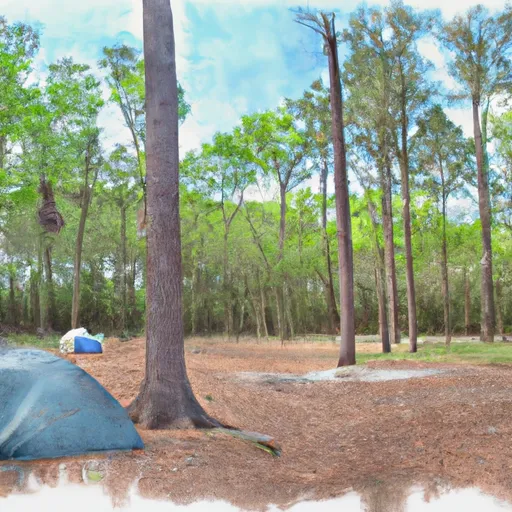 Highlands Hammock State Park
Highlands Hammock State Park
|
||
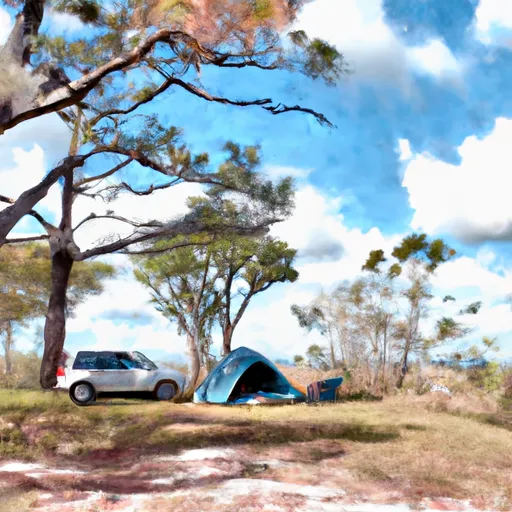 Arbuckle - Lake Wales Ridge SF
Arbuckle - Lake Wales Ridge SF
|
||
 Lake Arbuckle Co Park
Lake Arbuckle Co Park
|
||
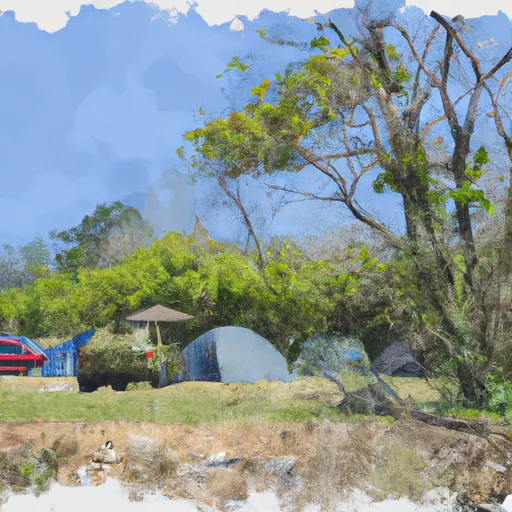 Avon Park AF Range Military
Avon Park AF Range Military
|

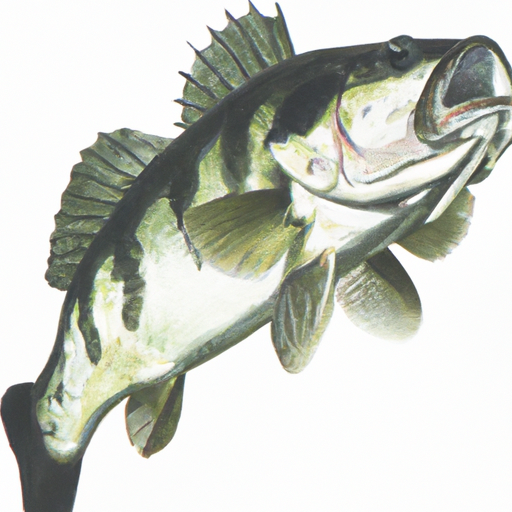 Largemouth Bass
Largemouth Bass
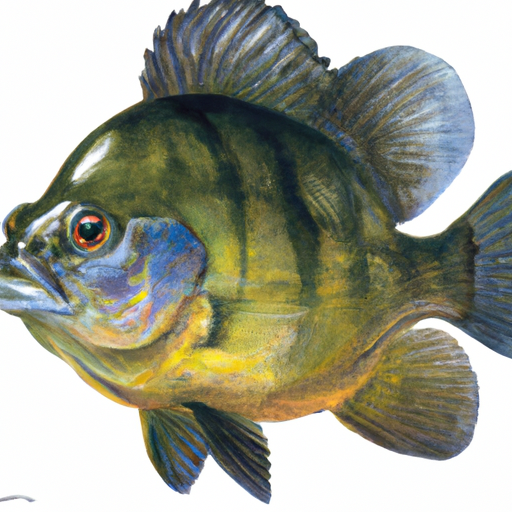 Bluegill
Bluegill
 Grass Carp
Grass Carp
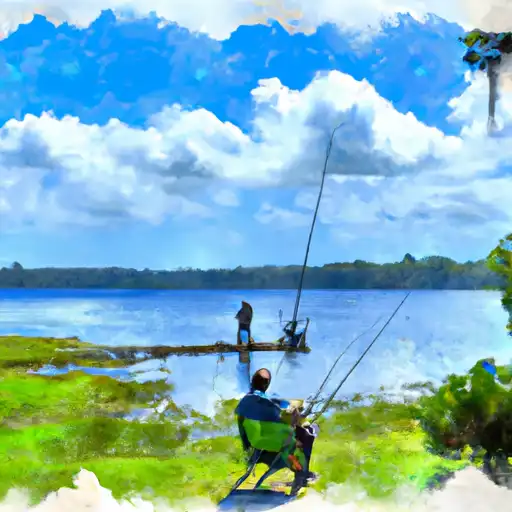 Lake Glenada
Lake Glenada
 Lake Damon
Lake Damon
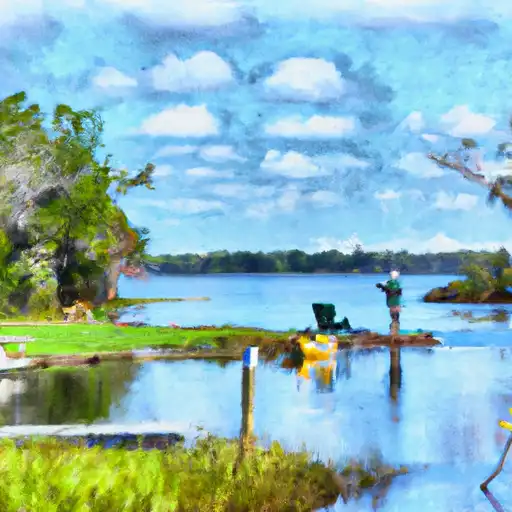 Lake Jackson
Lake Jackson
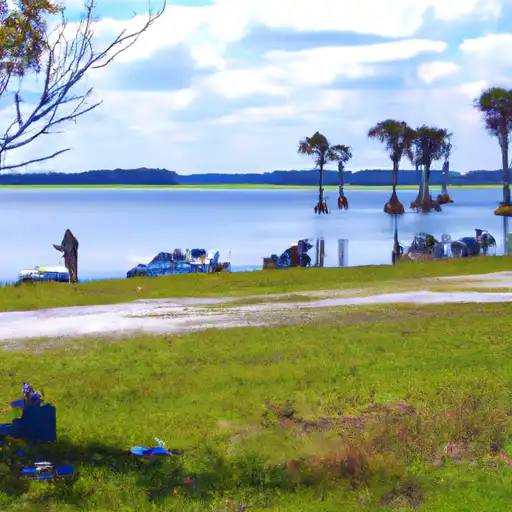 Lake Jackson (Sebring)
Lake Jackson (Sebring)
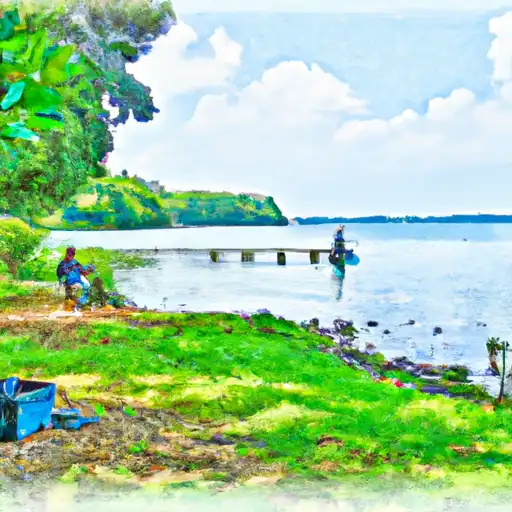 Lake Livingston
Lake Livingston


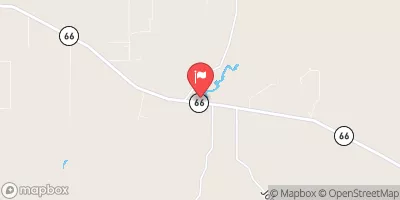



 Lake Glenda Dam
Lake Glenda Dam
 South Lake Boulevard, Avon Park
South Lake Boulevard, Avon Park
 Arbuckle Wildlife Management Area
Arbuckle Wildlife Management Area
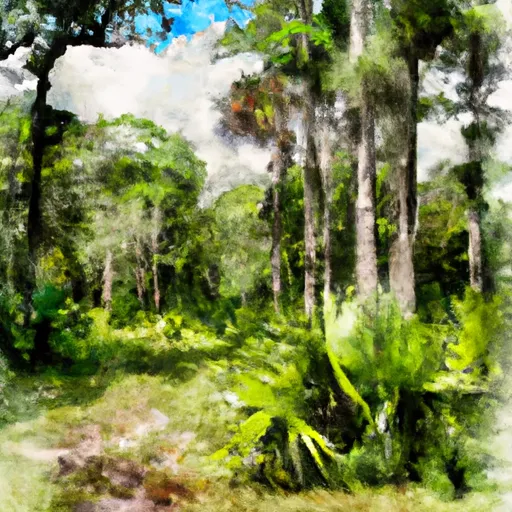 Lake Wales Ridge State Forest
Lake Wales Ridge State Forest
 Highlands Hammock State Park
Highlands Hammock State Park